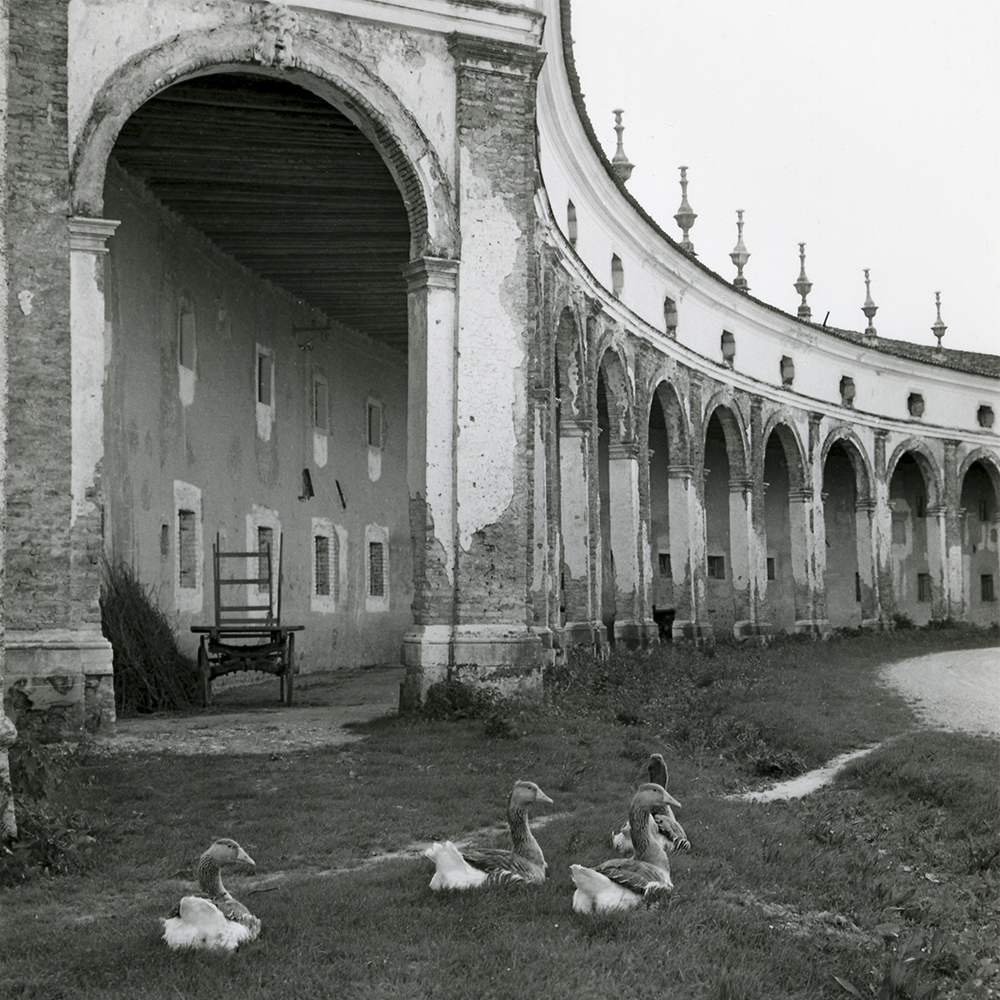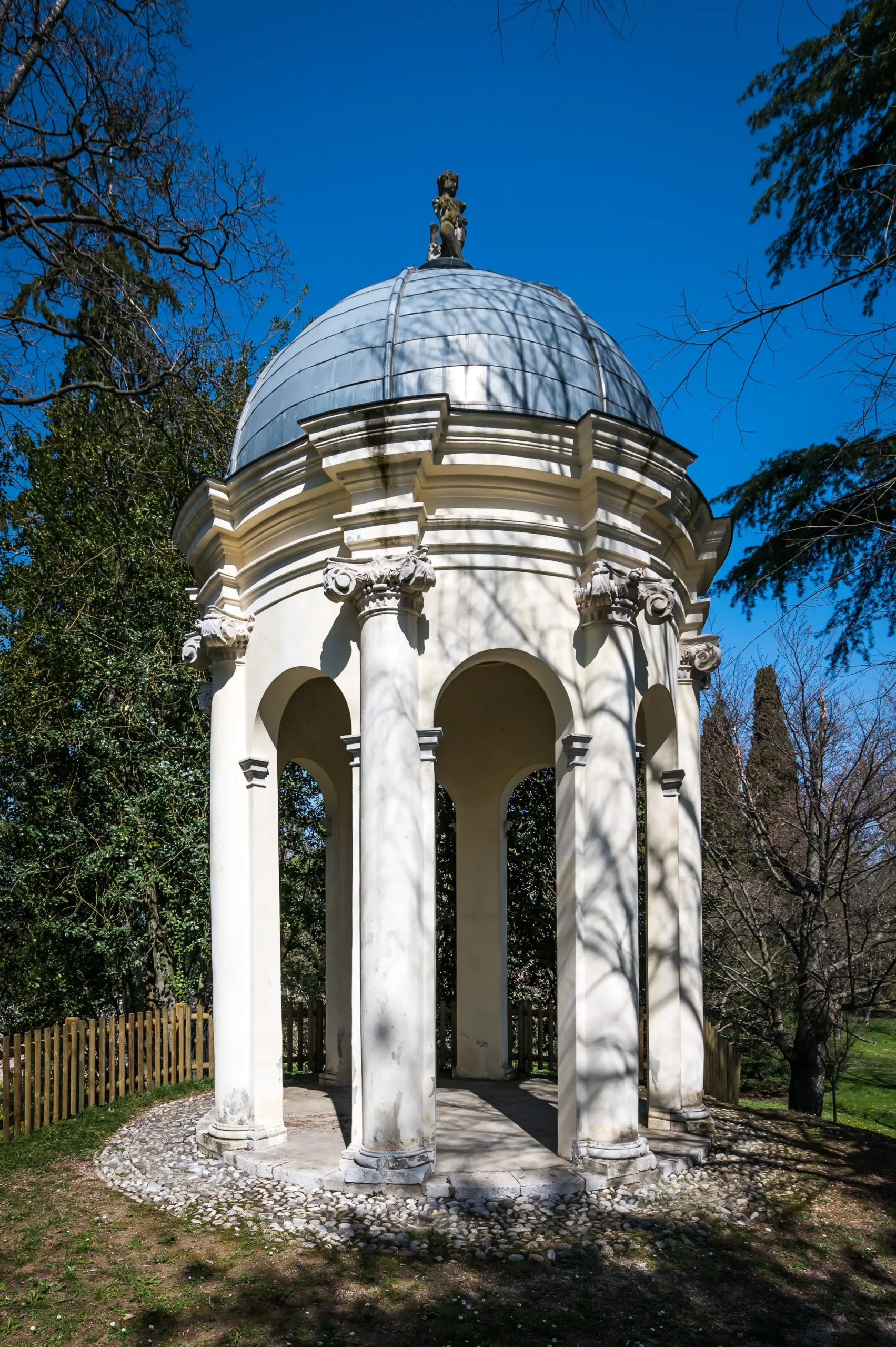Villa Manin in the 19th century
The Manin family overcomes with difficulty the end of the Serenissima to which the prestige of the dynasty was linked. The family nevertheless attempted to restore dynamism to the economic machine represented by the villa and the properties that depended on it.
Lodovico Giuseppe joined the Friulian Agrarian Association founded in 1846 and initiated modern agricultural techniques on the Passariano estate, improving irrigation and converting the paper mill into a chemical factory. However, the Manin’s entrepreneurial initiatives were hardly crowned with success due to a lack of capital and the land holdings became increasingly thin. During the 19th century, many settlers and sharecroppers chose the path of emigration to escape poverty.
Political orientation
The family did not hold an unequivocal position towards the Austrian Empire, to which Friuli had been annexed. Lodovico Manin’s nephew Lodovico Leonardo took on the role of chamberlain and close advisor to the Emperor of Austria, while the latter’s son Lodovico Giuseppe embraced an openly patriotic stance that would also find expression in the appearance of the park of Villa Manin.

The park: from neoclassical to romantic
During the 19th century, the park changed its appearance.
The first intervention was by the Venetian architect and landscape architect Gianantonio Selva – author of the Fenice in Venice – who, in the 1810s, revisited the park in a neoclassical sense, simplifying its structure, but also enriching it with new constructions such as the small temple that still stands above the icehouse.
The Manins’ last major investment in the park dates back to 1863.
The Friulian Pietro Quaglia, an interpreter of the romantic English garden, created large wooded areas on either side of the large central lawn and had the small lakes that still exist today dug.
Count Lodovico Leonardo Manin’s pro-Italian sentiments found manifestation in the creation of a path that winds around the edges of the central lawn tracing the outline of the Italian boot.

Read more:
The history of Villa Manin
How to visit Villa Manin